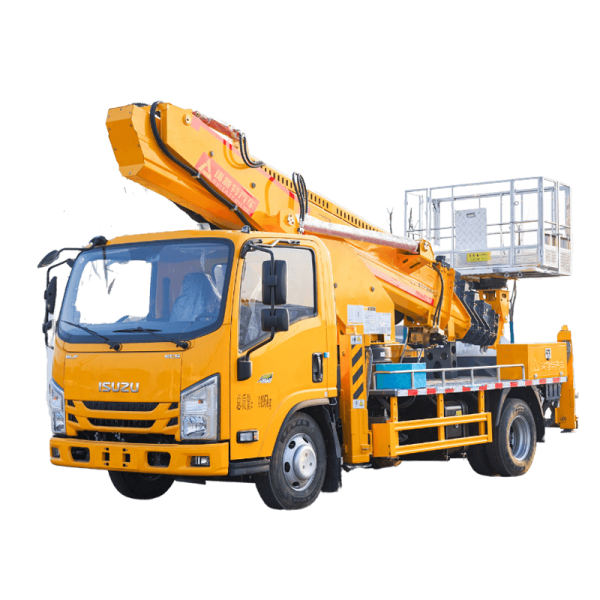Unveiling the Ultimate Guide to Garbage Compactor Truck Specifications

Introduction
Garbage compactor trucks play a crucial role in waste management and sanitation services worldwide. These specialized vehicles are designed to collect, compact, and transport solid waste efficiently and effectively. In this comprehensive guide, we will delve into the intricate details of garbage compactor truck specifications, exploring the various types of compactor trucks, their key features, and the factors to consider when selecting the right model for your waste management needs.
Types of Garbage Compactor Trucks
Garbage compactor trucks come in a variety of configurations to cater to different waste collection requirements. The main types of compactor trucks include:
1. Rear Loader Compactor Trucks: Rear loader compactor trucks are equipped with a hydraulic compactor mechanism at the rear of the vehicle. The waste is loaded into the hopper at the back of the truck, compacted using a hydraulic ram, and then transported to the disposal site. Rear loader compactor trucks are commonly used for residential waste collection and have a moderate capacity for waste storage.
2. Front Loader Compactor Trucks: Front loader compactor trucks feature a front-loading mechanism that allows for efficient collection of waste from commercial and industrial establishments. These trucks are equipped with hydraulic arms that lift and empty dumpsters into the compaction chamber. Front loader compactor trucks are ideal for handling large volumes of waste in urban areas.
3. https://www.heli-truck.com/best-garbage-truck-brands-a-detailed-comparison/ : Side loader compactor trucks have a loading mechanism on the side of the vehicle, making them suitable for narrow streets and alleys where maneuverability is limited. These trucks are commonly used for residential waste collection in densely populated areas.
Key Features of Garbage Compactor Trucks
Garbage compactor trucks are equipped with a range of features that enhance their efficiency and performance in waste collection and disposal. Some of the key features to look out for in a compactor truck include:

1. Compaction System: The heart of a garbage compactor truck is its compaction system, which compresses the waste to maximize the storage capacity of the vehicle. The compaction mechanism is usually powered by a hydraulic system that applies pressure to the waste, reducing its volume and increasing the amount of waste that can be transported in a single trip.
2. Hopper Capacity: The hopper capacity refers to the volume of waste that the compactor truck can hold before it needs to be emptied. A larger hopper capacity allows the truck to collect more waste without frequent trips to the disposal site, improving operational efficiency.
3. Loading Mechanism: The loading mechanism of a compactor truck determines how the waste is collected and compacted. Rear loader trucks have a rear-loading mechanism, front loader trucks have a front-loading mechanism, and side loader trucks have a side-loading mechanism. The loading mechanism should be designed for easy and efficient collection of waste from various types of containers.
4. Compaction Ratio: The compaction ratio is the ratio of the original volume of waste to the volume of waste after compaction. A higher compaction ratio indicates that the truck can compress the waste more effectively, reducing the number of trips to the disposal site and saving time and fuel.
5. Hydraulic System: The hydraulic system of a compactor truck powers the compaction mechanism, loading mechanism, and other hydraulic functions of the vehicle. A reliable and efficient hydraulic system is essential for smooth operation and minimal downtime.
Factors to Consider When Selecting a Garbage Compactor Truck
When choosing a garbage compactor truck for your waste management operations, several factors should be taken into consideration to ensure that the vehicle meets your specific requirements:
1. Waste Volume: Consider the volume of waste that needs to be collected and compacted on a regular basis. Choose a compactor truck with an appropriate hopper capacity and compaction ratio to accommodate the amount of waste generated in your area.
2. Collection Frequency: Determine how often the waste collection services are required and select a compactor truck with a capacity that can handle the volume of waste generated between each collection cycle.
3. Terrain and Environment: Consider the terrain and environmental conditions in which the compactor truck will be operating. Choose a truck with suitable size, power, and features to navigate rough terrain, narrow streets, or other challenging environments.
4. Maintenance and Support: Ensure that the compactor truck is supported by a reliable maintenance and service network to address any issues that may arise during operation. Regular maintenance is essential to prolong the lifespan of the vehicle and maximize its performance.
Conclusion
Garbage compactor trucks are indispensable assets in the field of waste management, offering a convenient and efficient solution for collecting and transporting solid waste. By understanding the various types of compactor trucks, their key features, and the factors to consider when selecting a model, waste management professionals can make informed decisions to optimize their operations. With the right compactor truck specifications in place, municipalities, waste management companies, and other organizations can enhance their waste collection services, minimize environmental impact, and contribute to a cleaner and healthier community.
